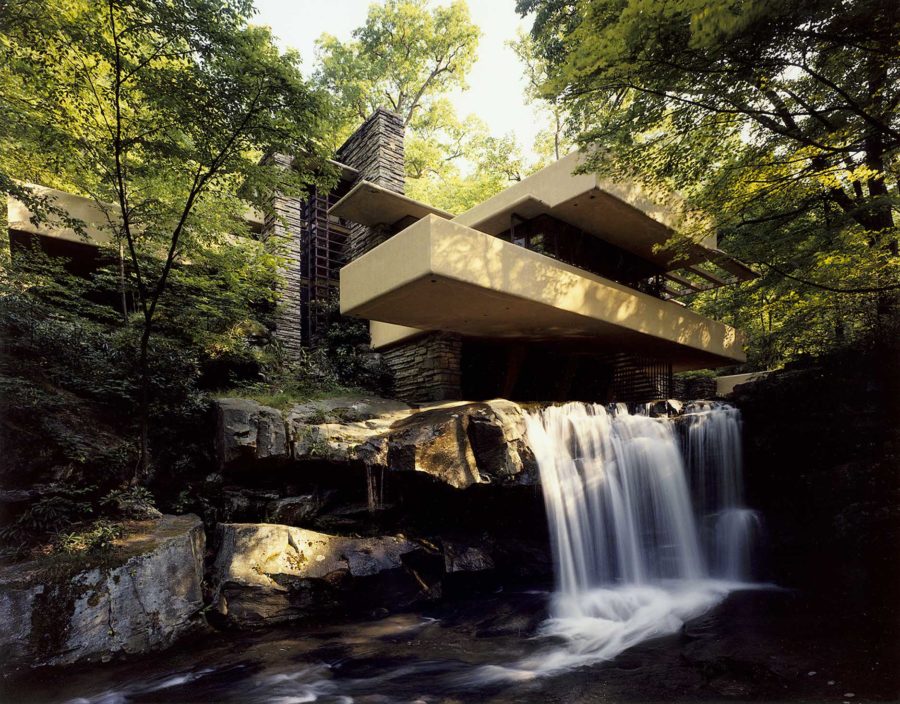Frank Lloyd Wright’s legacy continues to live on. Eight of the famed architect’s designs have been named to the UNESCO World Heritage List in an announcement at the annual conference in Baku, Azerbaijan. The Guggenheim Museum in New York, Fallingwater in Pennsylvania, Hollyhock House in Los Angeles, Jacobs House in Wisconsin, Unity Temple in Illinois, Robie House in Chicago, Taliesin in Wisconsin, and Taliesin West in Arizona have all been deemed worthy of preservation by the United Nations’s cultural organization.
“Each of these buildings offers innovative solutions to the needs for housing, worship, work or leisure,” says the World Heritage Committee in a prepared statement. “Wright’s work from this period had a strong impact on the development of modern architecture in Europe.”
Wright’s selected works join over 1,000 natural or man-made sites across the globe, which include the Taj Mahal, the Pyramids of Giza, the Great Wall of China, and 24 locations in the U.S. The process of getting this distinction took the Frank Lloyd Wright Building Conservancy, with the guidance of the National Park Service, over 15 years to achieve—a goal that, by many accounts, was well overdue. “The Guggenheim Museum is honored to receive this internationally esteemed designation that recognizes the significance of Frank Lloyd Wright’s contribution to cultural heritage,” says Richard Armstrong, director at the Solomon R. Guggenheim Museum and Foundation. “As we celebrate 60 years as an architectural icon, our Wright-designed masterpiece continues to serve as a beacon and inspiration for visitors from around the world.”








